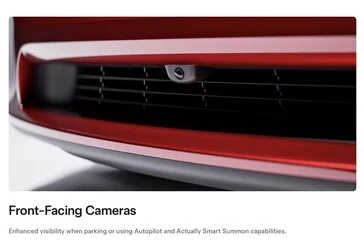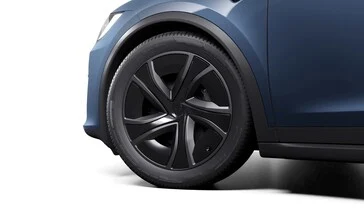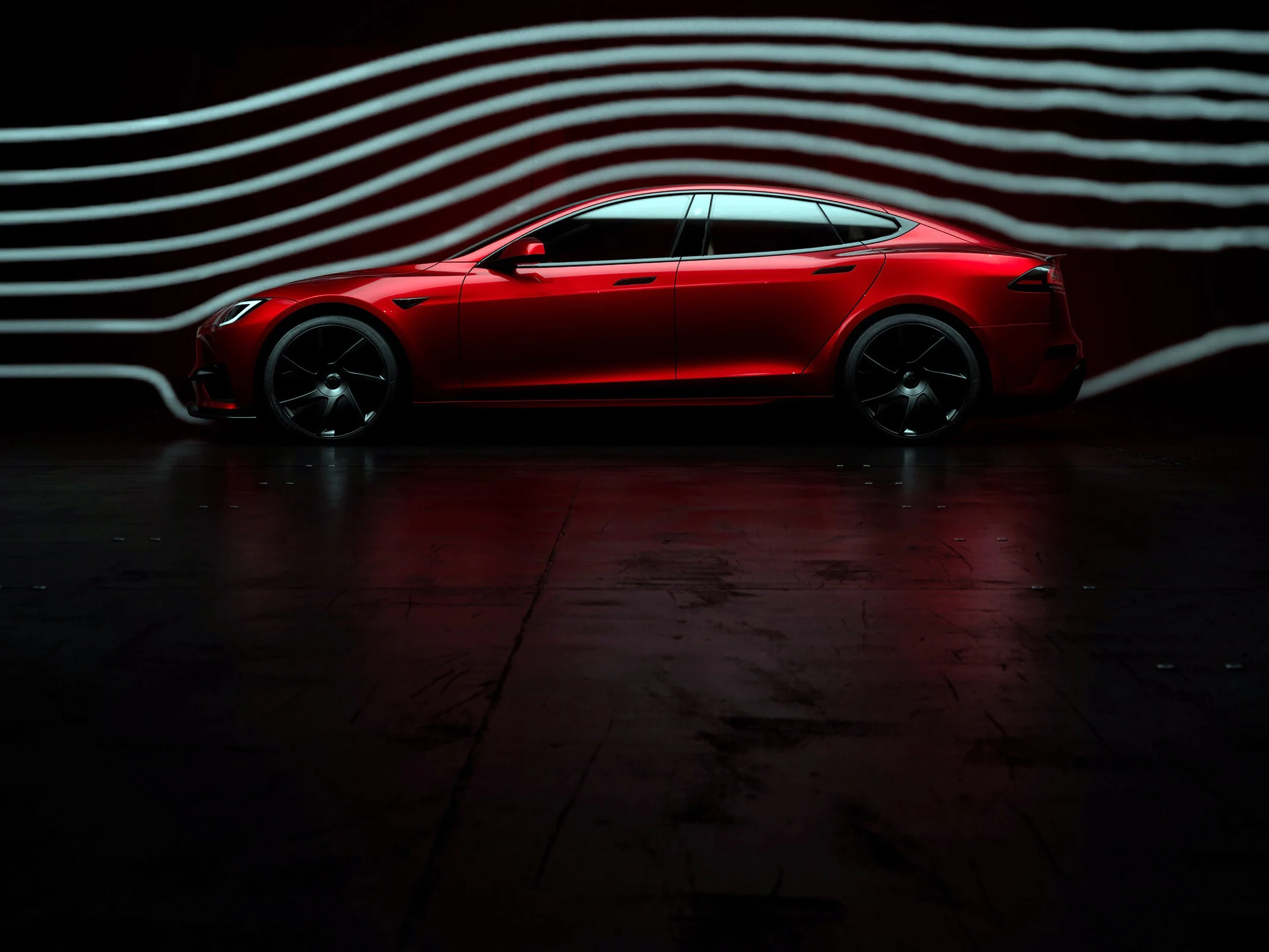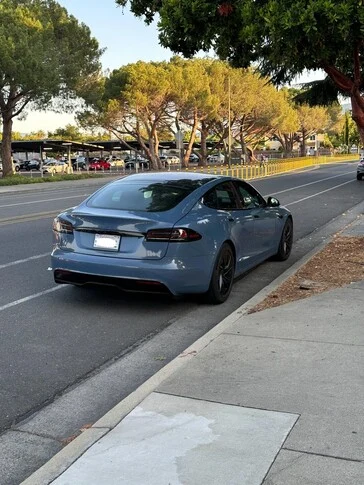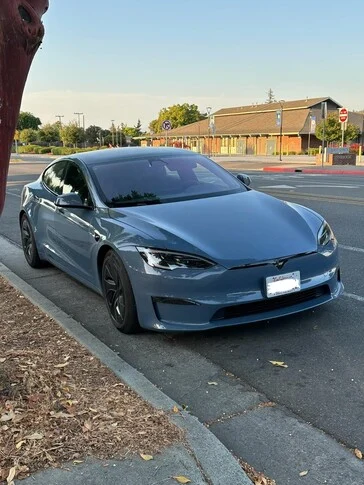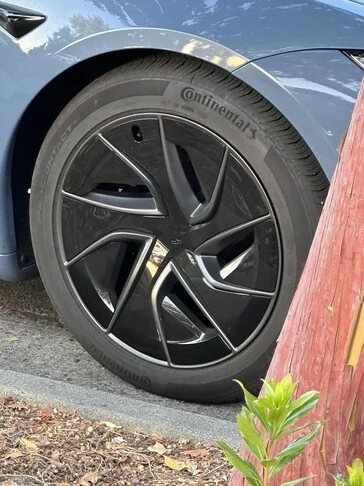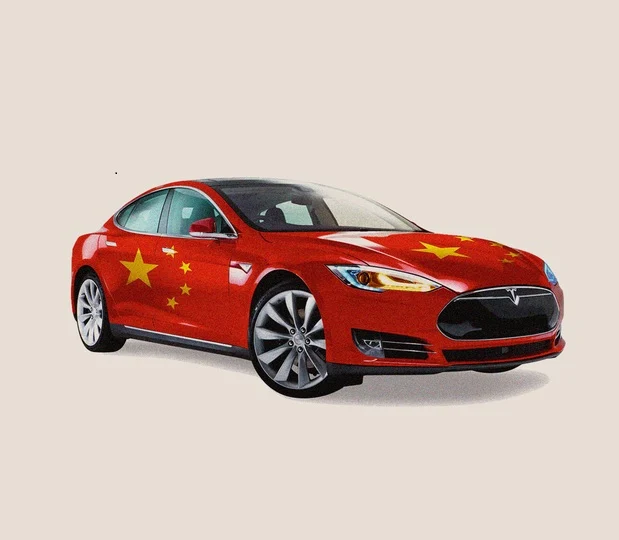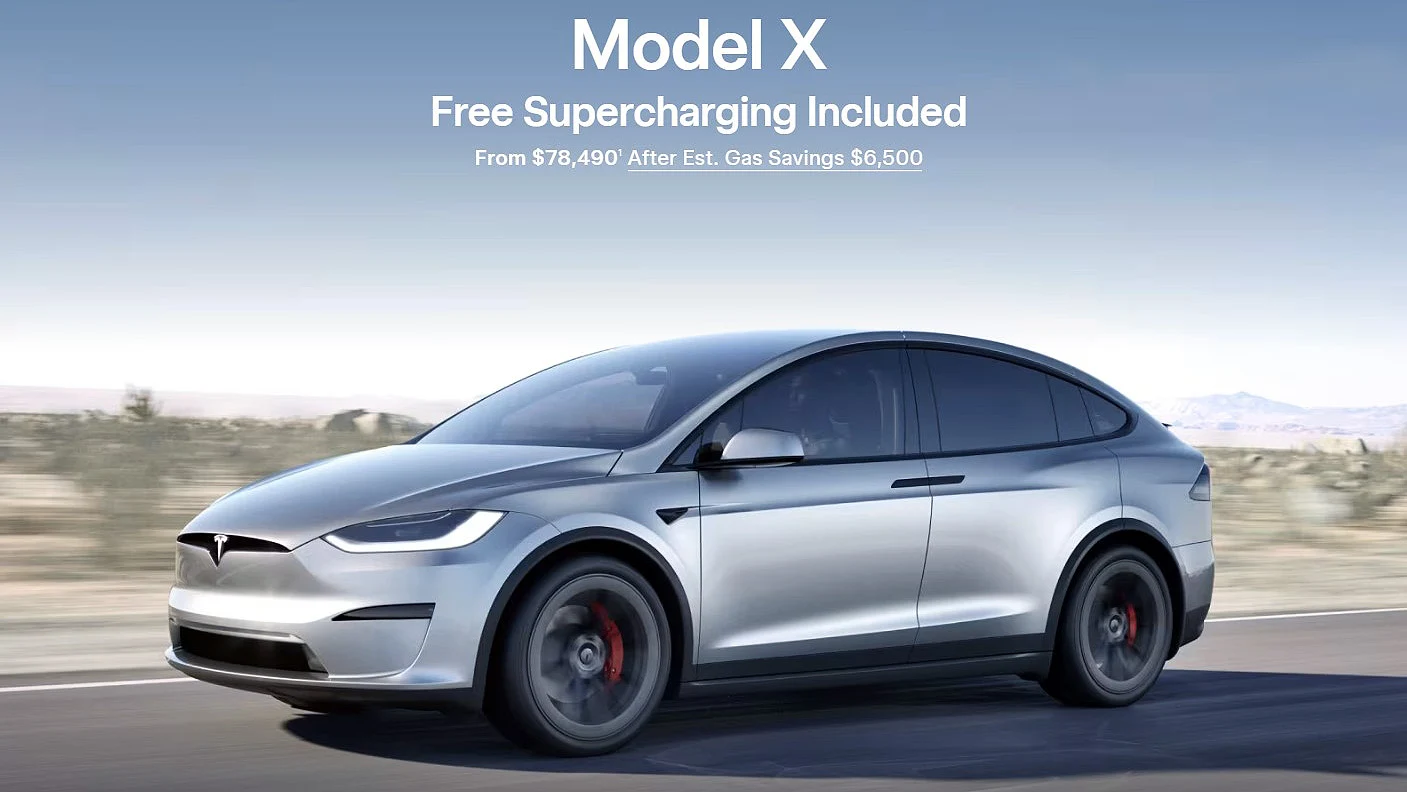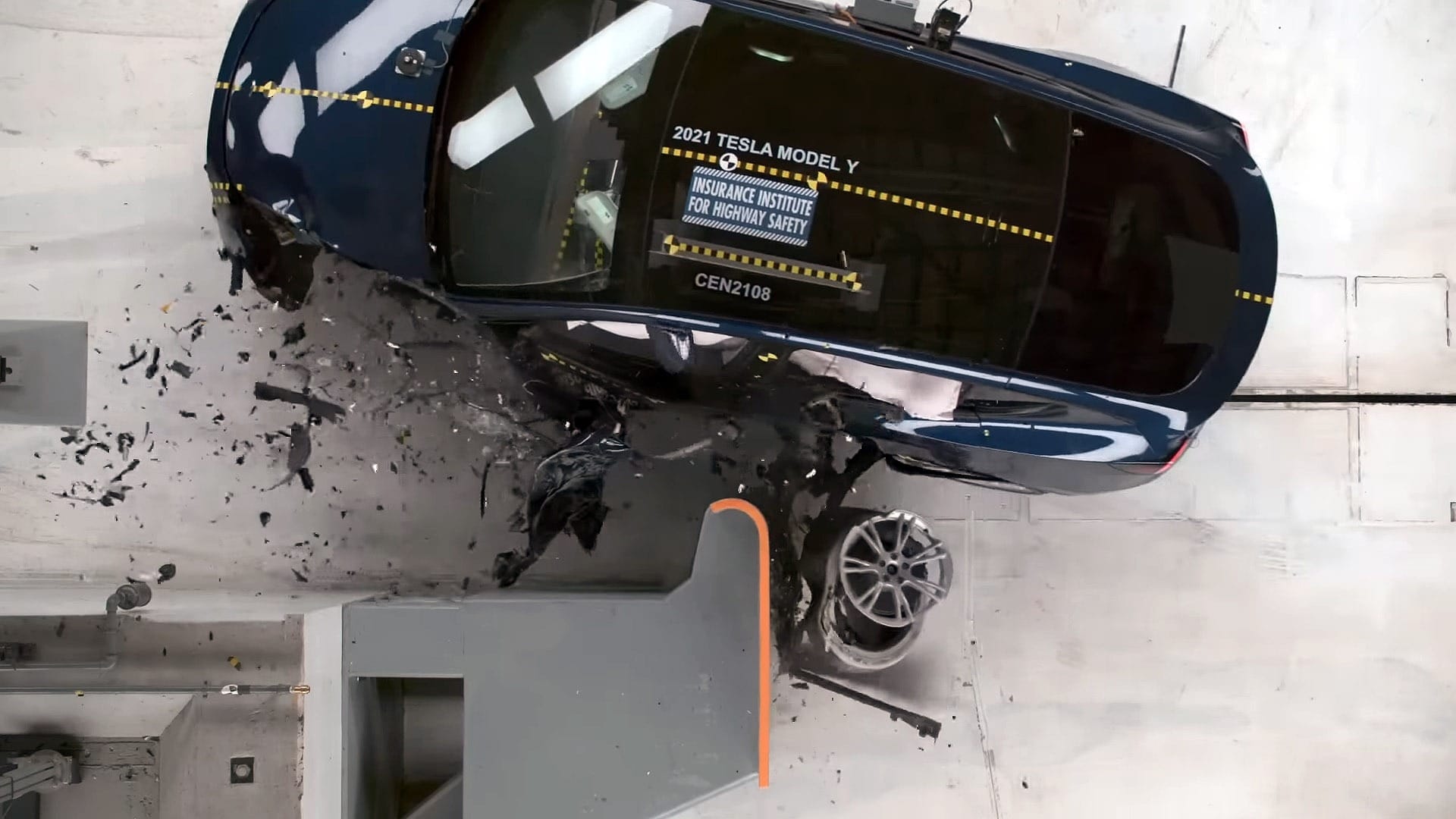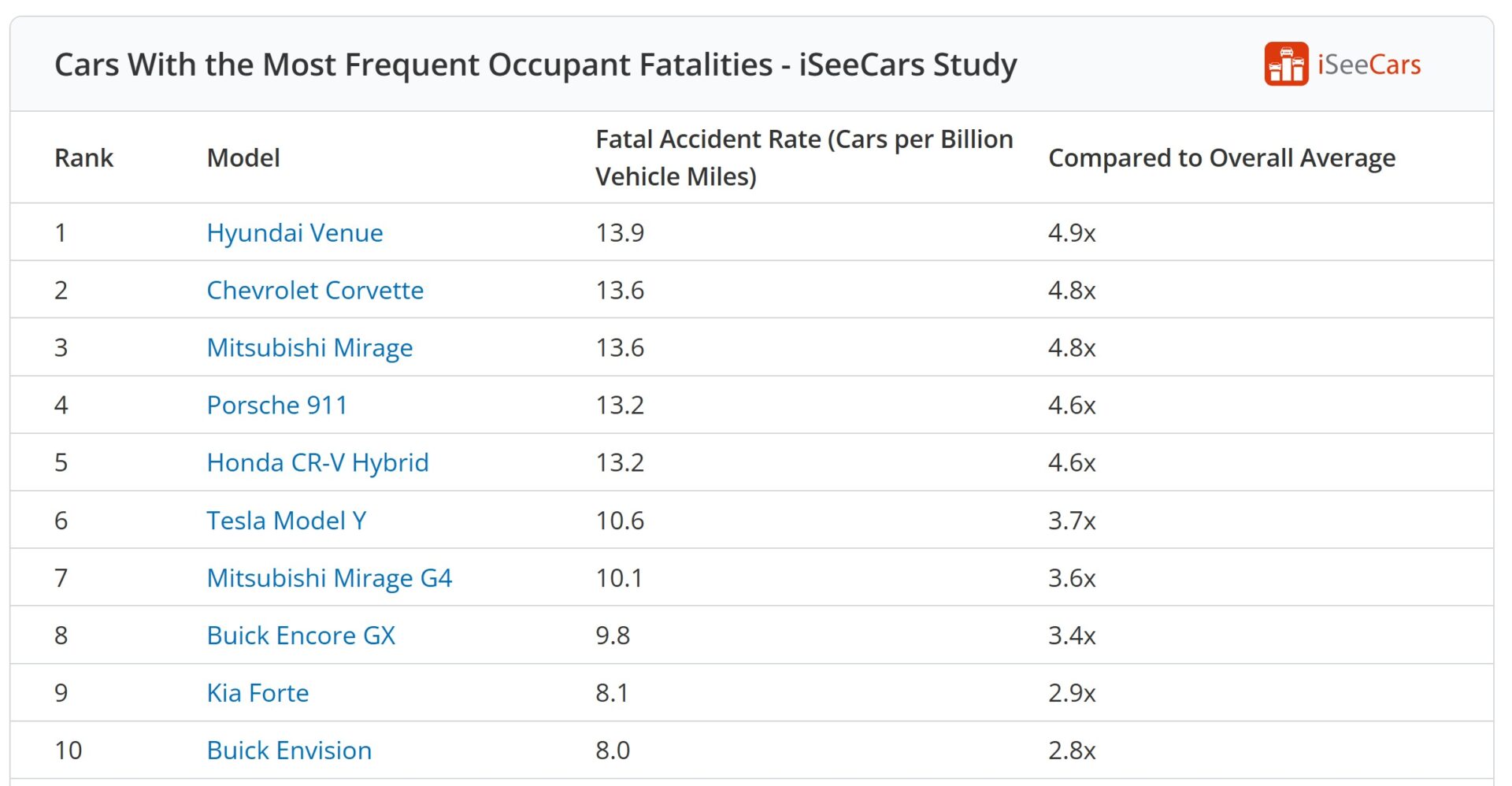Key Takeaways
1. The refreshed 2026 Model S and Model X feature a new front bumper camera for enhanced visibility during Autopilot and Smart Summon use.
2. Improvements in ride comfort, cabin noise, and efficiency are highlighted, resulting from new wheel designs and better aerodynamics.
3. The 2026 Model S achieves the longest range in Tesla history at an EPA estimate of 410 miles, only with standard Magnetite Wheels.
4. Upgrading to 21-inch Velarium Wheels decreases the range by 30 miles and adds an extra cost of $4,500.
5. The price of the refreshed Model S has increased by $5,000 compared to the previous model.
With the introduction of the refreshed 2026 Model S and Model X, Tesla has highlighted the function of a new front bumper camera. This feature, which is also seen in the Cybertruck and the redesigned Model Y, adds more than just parking assistance.
Enhanced Visibility Features
The front camera, positioned just above the grille of the updated Model S, is designed to provide “better visibility when utilizing Autopilot and Actually Smart Summon.” This suggests that its purpose goes beyond mere parking support, raising speculation about whether Tesla might add similar front cameras to the upcoming Model 3 refresh, the last facelifted model lacking this feature.
Impressive Range and Comfort
In addition to aesthetic changes like a subtle redesign and multicolor ambient lighting throughout, the refreshed 2026 Model S boasts improvements in ride comfort, cabin noise, and overall efficiency. Tesla acknowledges that the enhanced efficiency largely results from new wheel designs and slightly better aerodynamics, rather than changes to the powertrain, similar to what we see in the latest Model Y.
The modifications in wheel and body design have contributed to reduced power consumption while driving, leading to better range from the same battery and electric motors.
Longest Range in Tesla History
Remarkably, the 2026 Model S now holds the record for the longest range of any Tesla vehicle, with an EPA estimate of 410 miles. Although this is just a modest increase from its predecessor’s range, it positions the Model S Long Range refresh as the farthest-traveling car in Tesla’s entire history.
It’s important to note that this impressive 410-mile range is only attainable with the standard Model S Magnetite Wheels. Opting for the sleek 21-inch Velarium Wheels results in a decrease of 30 miles in range and adds $4,500 to the price, which has already seen an increase of $5,000 compared to the previous model.
Source:
Link
